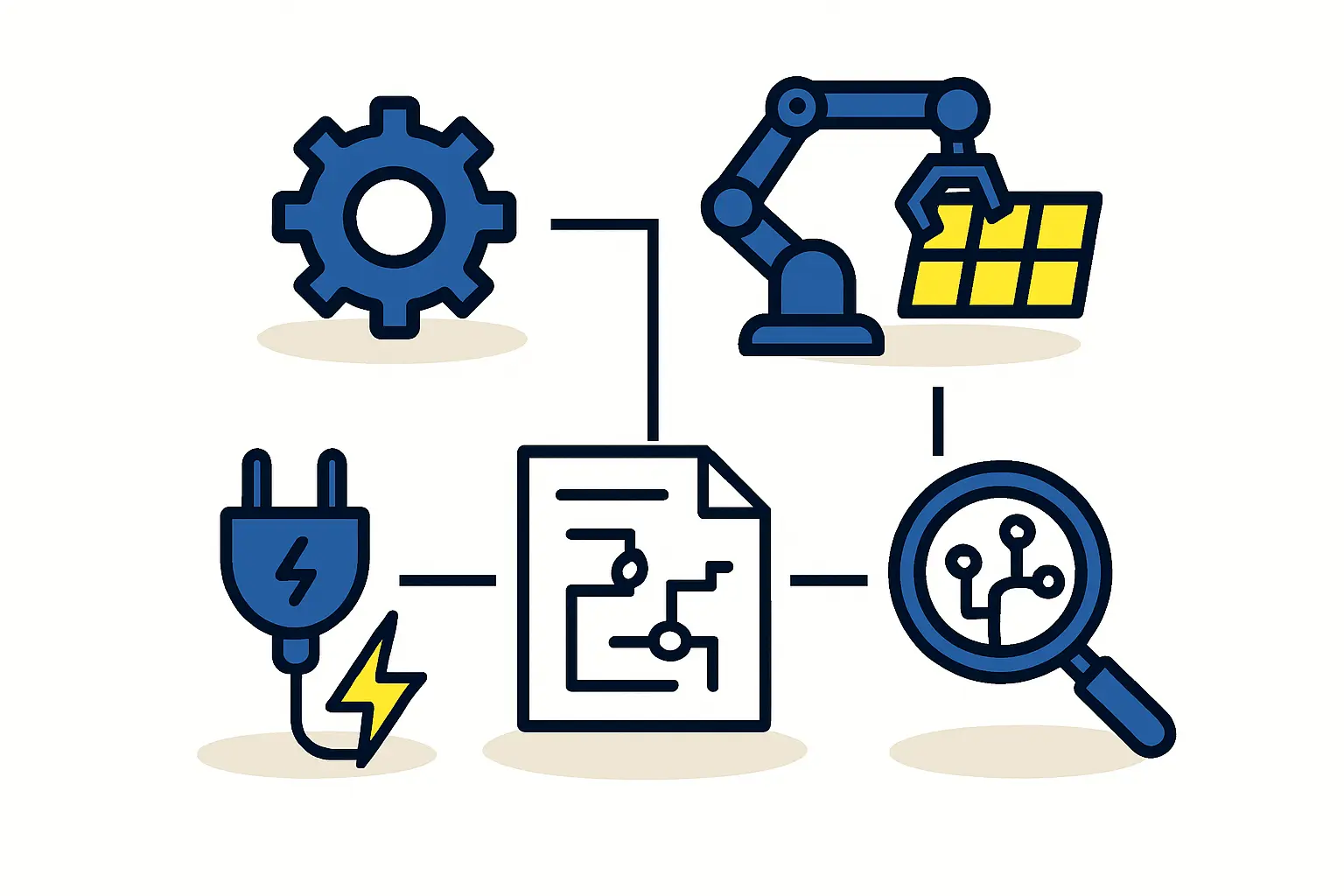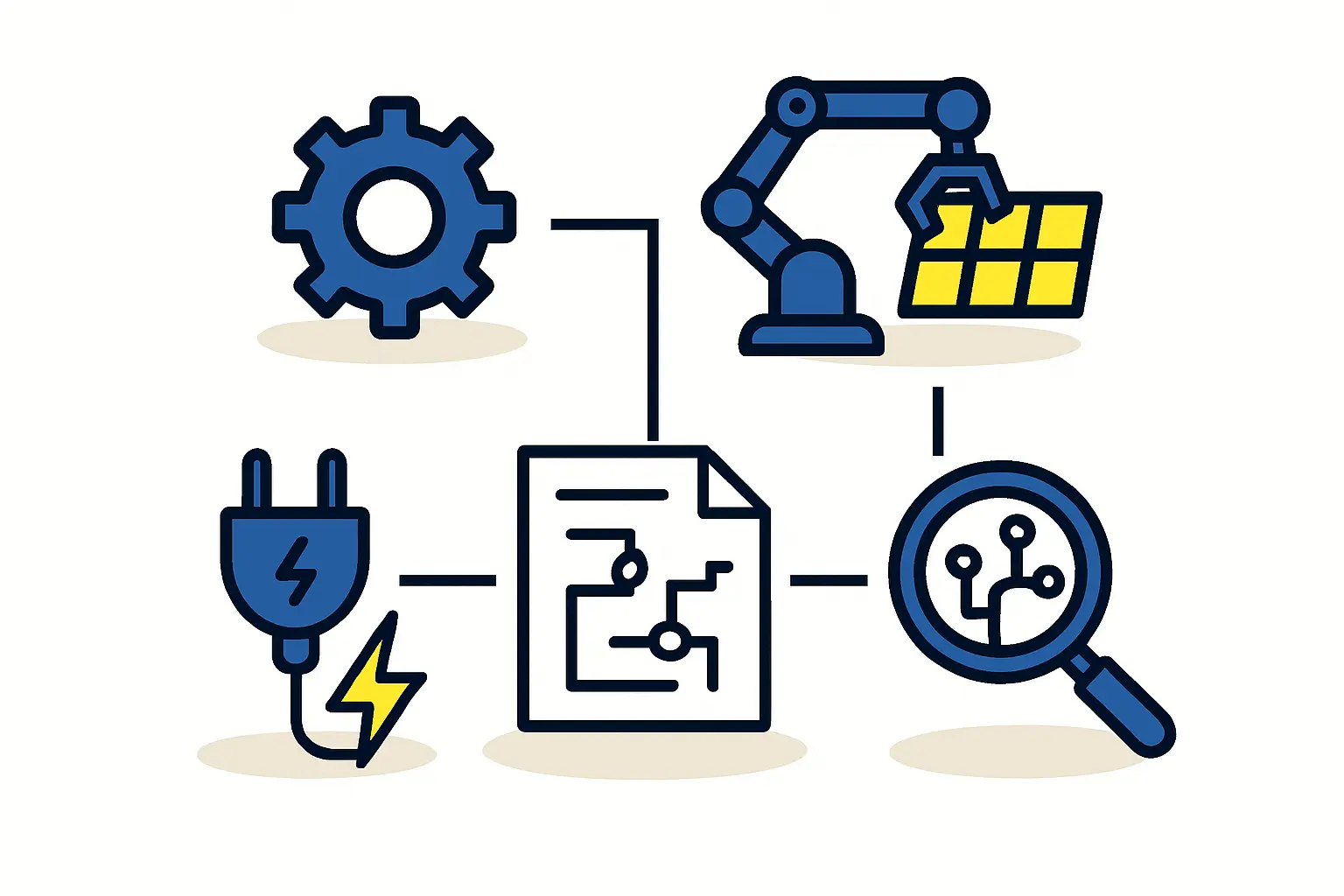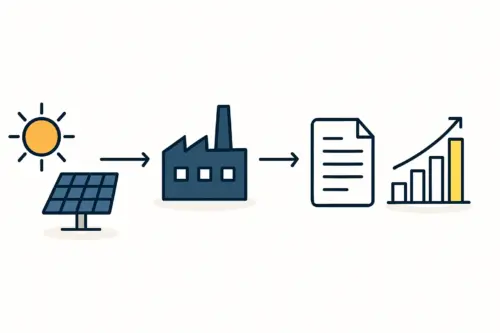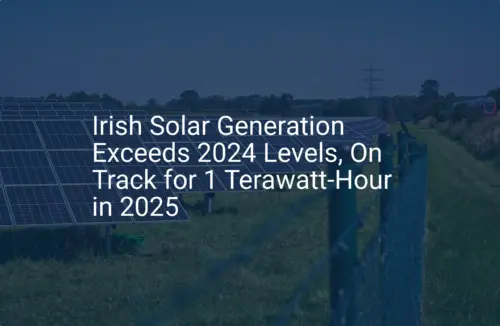When an entrepreneur considers a new venture in solar module manufacturing, the focus often falls first on machinery, financing, and facility planning. Yet the most critical asset—a skilled and reliable workforce—is frequently overlooked.
In a developed economy like Ireland, with its sophisticated industrial base but no established solar module assembly sector, understanding the labour market is not just an operational task; it’s a strategic imperative. The success of the entire project hinges on the ability to find, train, and retain a proficient team.
This analysis offers a framework for evaluating the Irish labour market for solar module assembly. We outline the skills required, explore potential sourcing channels, and present a strategy for developing a capable workforce from the ground up—turning a human resource challenge into a competitive advantage.
Understanding Ireland’s High-Skill Labour Market
As a global hub for high-value manufacturing in sectors like pharmaceuticals, medical devices, and information technology, Ireland presents a unique landscape for new industrial projects. While this signals a highly skilled and educated workforce, it also creates significant competition for technical talent.
A new solar manufacturing enterprise must position itself strategically to attract the right people. Insights from a 2023 SEAI report on the Irish wind energy sector are instructive here; it highlighted substantial expected growth in renewable energy employment but also pointed to existing skills shortages and intense competition for engineers, technicians, and project managers. A solar module assembly plant will face the same headwinds. The key is not to compete for the most specialized—and expensive—talent, but to identify roles that can be filled by people with transferable skills from adjacent industries.
Core Competencies for a Solar Module Assembly Line
A common misconception is that a solar factory needs a team of photovoltaic experts from day one. In reality, the majority of roles rely on universal manufacturing disciplines. A typical 20–50 MW facility can be operated effectively by a team of 25–35 people per shift, with roles falling into three main categories.
1. Assembly Line Operators
As the largest group of employees, operators are responsible for specific stations along the production line. An ideal candidate doesn’t need a background in solar energy; the focus, instead, is on core aptitudes:
- Attention to Detail: Crucial for tasks like cell stringing and visual inspection.
- Manual Dexterity: Required for handling delicate solar cells and components.
- Process Adherence: The ability to follow standardized work instructions precisely to ensure consistent quality.
Many workers from electronics assembly, medical device manufacturing, or even the food processing industry already possess these fundamental skills.
2. Technicians and Engineers
This smaller, more specialized group is responsible for process control, quality assurance, and equipment maintenance.
- Maintenance Technicians: People with electrical or mechanical backgrounds are essential for maintaining and troubleshooting complex machinery like laminators and stringers. Fortunately, Ireland’s existing manufacturing base offers a deep talent pool in this area.
- Quality Control (QC) Engineers: Professionals who understand statistical process control and quality management systems (like ISO 9001) are vital. Their experience is easily transferable across industries.
3. Management and Logistics
This category includes shift supervisors, warehouse managers, and production planners. For these roles, strong leadership and organizational skills are paramount. Experience in any modern manufacturing environment is directly applicable to managing the workflow and logistics of a solar module factory.
Ready to make big Profits?
The solar Industry is Booming
WE HELP NEWCOMERS to the solar industry start their own solar module production line. Customers can make BIG PROFITS by selling modules and finding investors, without wasting money and time on things they don't need!
Sourcing Strategy: Where to Find the Right Talent
Building a team efficiently requires a proactive, multi-channel sourcing strategy. Rather than simply posting job advertisements, a new enterprise should focus on building a talent pipeline.
Tapping into Existing Manufacturing Hubs
Several regions in Ireland, particularly the areas around Cork, Galway, Limerick, and Dublin, have a high concentration of manufacturing facilities and experienced industrial workers. A new solar factory located near one of these hubs can attract talent from other sectors by offering a new career path in the growing renewable energy industry. The chance to contribute to a green energy future can be a powerful, non-financial motivator.
Partnering with Educational Institutions
Long-term success depends on a sustainable supply of new talent. Collaborating with the Irish education system is a key strategic tool here.
- Further Education and Training (FET) Colleges: These institutions, organized through local Education and Training Boards (ETBs), provide vocational and technical skills. Partnering with a local FET college to develop a ‘Renewable Energy Manufacturing’ module can create a direct pipeline of entry-level operators and technicians.
- Technological Universities: For engineering and quality control roles, building relationships with the engineering departments of nearby universities can provide access to graduates and interns.
The Role of Apprenticeships
Ireland has a well-established national apprenticeship system. Creating a ‘Solar Module Technician’ apprenticeship in partnership with SOLAS (the national further education and training authority) could be a groundbreaking move. This would not only secure a future talent stream for the company but also position it as a leader in workforce development for the entire Irish solar industry.
Bridging the Gap: A Framework for Training and Development
Sourcing candidates with transferable skills is only the first step. A structured training program is essential for transforming a diverse group of new hires into a cohesive, high-performing production team. For this reason, any comprehensive plan for how to start a solar panel manufacturing business must integrate workforce training from the outset.
Initial Onboarding and Core Process Training
The initial training period, typically lasting 2–4 weeks, should be intensive. It must cover not only the specific tasks for each station in the solar panel manufacturing process but also foundational knowledge:
- PV Technology Basics: A simple explanation of how a solar cell works and how modules generate electricity.
- Quality Standards: Training on what constitutes a quality defect at each stage of production.
- Safety Protocols: Comprehensive safety training is non-negotiable in any manufacturing environment.
Structured e-learning modules, such as those provided by pvknowhow.com, can supplement hands-on training to ensure every employee has a solid theoretical foundation.
Upskilling for Specialized Roles
As operations stabilize, it’s important to implement a continuous development plan. This could involve sending maintenance technicians for advanced training with machine suppliers or certifying QC staff in advanced statistical analysis techniques. This investment in upskilling not only improves operational efficiency but also serves as a powerful tool for employee retention. In addition, fostering an understanding of how different roles interact within the complete solar panel manufacturing plant layout is key to building a collaborative and efficient work environment.
Experience from J.v.G. Technology GmbH turnkey projects shows that a well-executed training program can bring a new production line to its target efficiency and quality levels within three to six months of starting operations.
Frequently Asked Questions (FAQ)
How many employees are typically needed to start a small-scale solar factory?
A 20–50 MW semi-automated assembly line can generally be operated by a team of 25 to 35 employees per shift. This includes operators, technicians, quality control specialists, and supervisory staff.
Do assembly operators need prior experience in the solar industry?
No. This is a critical point. The most successful teams are often built with people from other precision manufacturing sectors, such as electronics or medical devices. Their core skills in process adherence and attention to detail transfer directly.
What is the typical training duration for a new assembly line operator?
An intensive, hands-on training program of 2 to 4 weeks is usually sufficient for a new operator to become proficient at a specific station. Full line competence and flexibility across multiple stations can be achieved over several months.
Can government support be leveraged for workforce training in Ireland?
Yes. Organizations like Enterprise Ireland and the IDA (Industrial Development Agency) often provide grants and support for new industrial projects, including significant funding for employee training and development. Engaging with these agencies early in the planning process is highly recommended.
What is the most critical challenge when building a workforce in a new sector?
The primary challenge is often shifting the mindset from seeking ‘perfect’ candidates with direct experience to identifying people with the right aptitude and creating a robust internal training system to build the specific skills required. The investment in training pays dividends through higher loyalty and a workforce perfectly attuned to the company’s processes.








